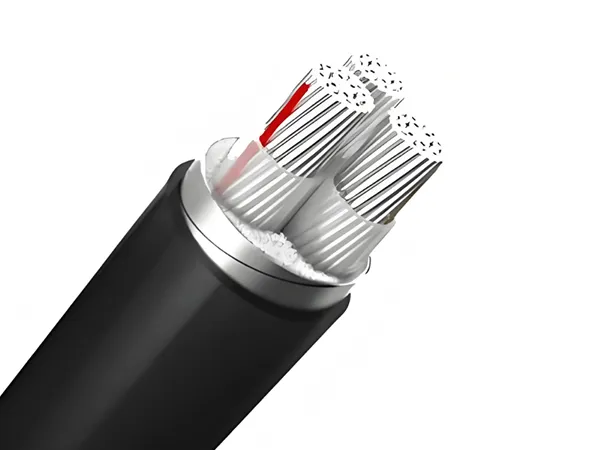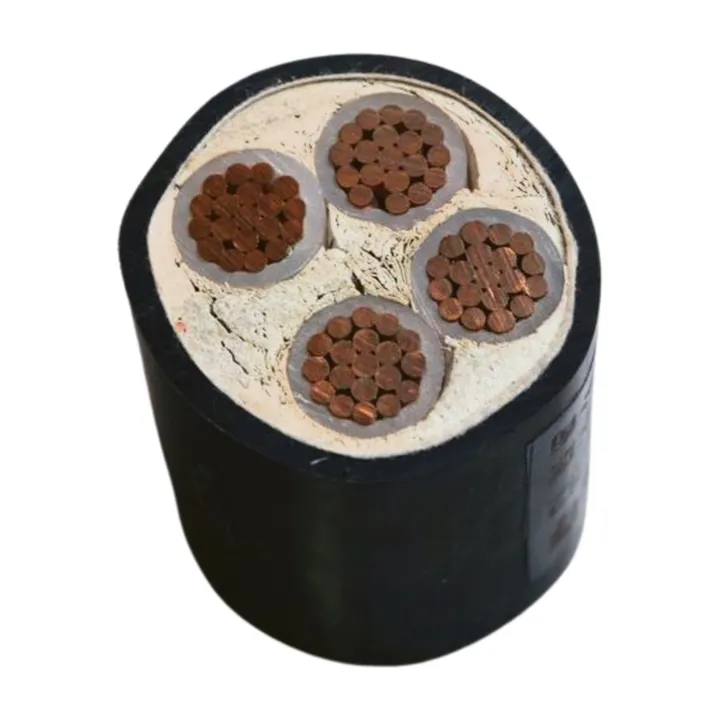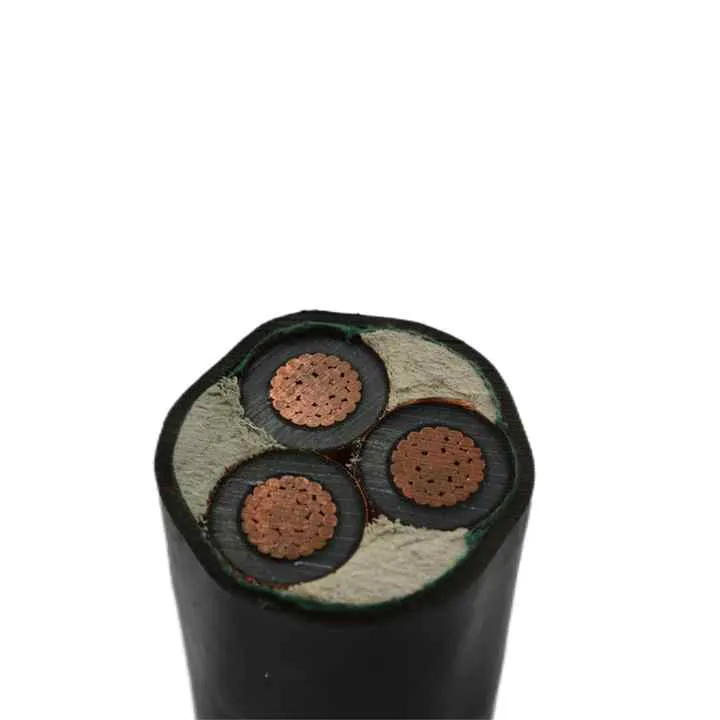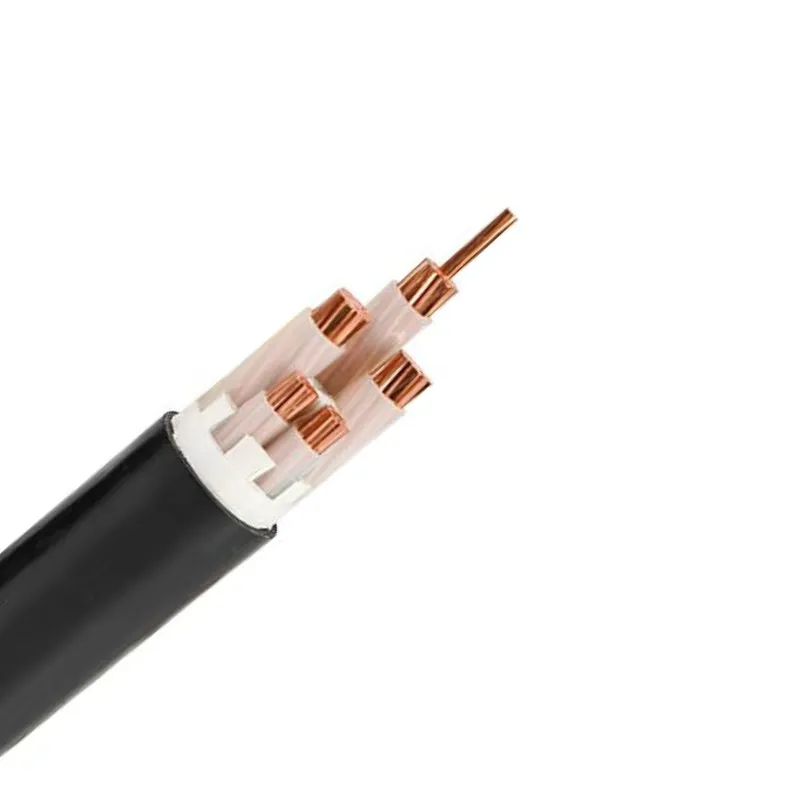Time: 2025-08-06 16:23:36 Source: Henan Province Jianyun Cable Co., Ltd.
Cross-linked polyethylene (XLPE)-insulated cables are widely used in power distribution systems due to their superior electrical, thermal, and mechanical properties. These cables are suitable for low-voltage (0.6/1 kV) and medium-voltage (6/10 kV to 26/45 kV) applications, offering advantages over other insulation materials like polyvinyl chloride (PVC) or polyethylene (PE). This guide explains the key reasons for choosing XLPE-insulated cables for power distribution, detailing their benefits, applications, and considerations, presented in a formal and structured manner.

XLPE-insulated cables feature a cross-linked polyethylene insulation layer, created through a chemical or physical process that enhances the molecular structure of polyethylene. This results in a robust, thermoset material capable of withstanding high temperatures and electrical stresses. XLPE cables typically use copper or aluminum conductors, with optional armoring (e.g., steel wire or tape) and sheathing (e.g., PVC, PE) for mechanical and environmental protection. They comply with standards like IEC 60502 for power cables, making them ideal for power distribution in residential, commercial, and industrial settings.
| Feature | Details |
|---|---|
| Insulation | Cross-linked polyethylene (XLPE) |
| Voltage Range | 0.6/1 kV to 26/45 kV |
| Conductors | Copper or aluminum, Class 1/2/5 |
| Standards | IEC 60502, GB/T 12706 |
XLPE-insulated cables offer several advantages that make them a preferred choice for power distribution:
| Advantage | Details |
|---|---|
| Thermal Resistance | 90°C continuous, 250°C short-circuit |
| Electrical Properties | >1000 MΩ/km, low dielectric loss |
| Environmental Resistance | Moisture, chemicals, UV resistance |
| Durability | High tensile strength, 25–30 year lifespan |
XLPE offers distinct advantages over PVC and PE insulation, commonly used alternatives:
| Property | XLPE | PVC | PE |
|---|---|---|---|
| Max Temperature | 90°C | 70°C | 80°C |
| Insulation Resistance | >1000 MΩ/km | >10 MΩ/km | >1000 MΩ/km |
| Environmental Resistance | High | Moderate | High |
| Cost | Higher | Lower | Moderate |
XLPE-insulated cables are widely used in power distribution due to their versatility and performance:
| Application | Cable Features |
|---|---|
| Low-Voltage | 0.6/1 kV, CU/XLPE/PVC |
| Medium-Voltage | 6/10–26/45 kV, armoured |
| Renewable Energy | High thermal, environmental resistance |
| Industrial | Chemical, abrasion resistance |
While XLPE cables offer significant benefits, consider the following when selecting them:
| Consideration | Details |
|---|---|
| Cost | Higher than PVC, evaluate budget |
| Installation | Adhere to bending radii, use proper kits |
| Flame Retardancy | Specify LSZH for fire safety |
| Standards | IEC 60502, CCC, CE compliance |
| Challenge | Solution |
|---|---|
| Higher Cost | Use PVC for low-demand applications, justify XLPE for long-term savings |
| Installation Complexity | Train installers, use proper termination kits |
| Flame Retardancy | Add flame-retardant sheathing or LSZH |
| Compliance Issues | Verify IEC 60502, regional certifications |
XLPE-insulated cables are an optimal choice for power distribution due to their high thermal resistance, excellent electrical properties, environmental durability, and long service life. Compared to PVC and PE, XLPE offers superior performance in high-temperature, high-voltage, and harsh environments, making it ideal for low- and medium-voltage distribution, renewable energy systems, and industrial applications. While higher costs and installation requirements are considerations, the long-term reliability and efficiency of XLPE cables justify their use. Ensuring compliance with standards like IEC 60502 and proper installation practices maximizes their benefits, supporting safe and efficient power distribution for 25–30 years.

NA2XS(f)2Y 6/10KV 12/20KV 120 150 185 240 300MM2 Single Conductor Xlpe Insulated

Grounding Cable 3 Core 95mm2 150mm2 240mm2 Aluminum High Voltage Cable

5x35mm 5x25mm Low Voltage Power Cable With PVC Sheath Copper Conductor XLPE Insu

A medium voltage three core armoured power cable is designed for the reliable tr